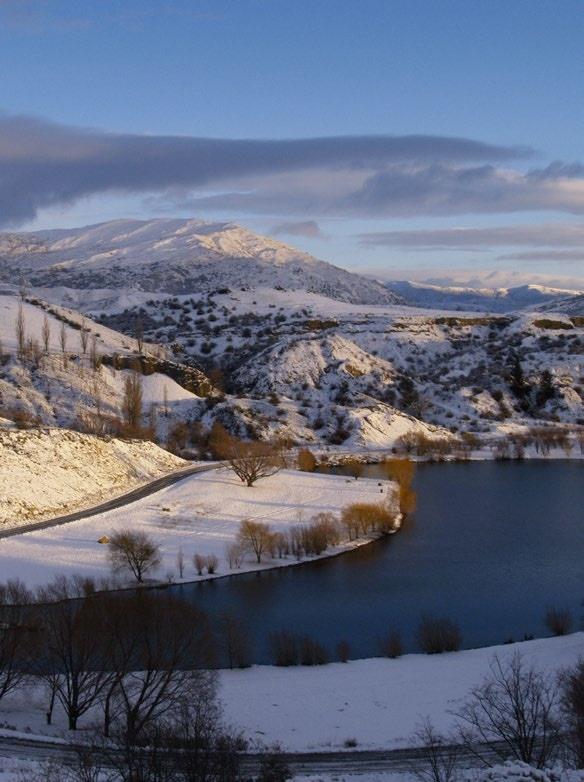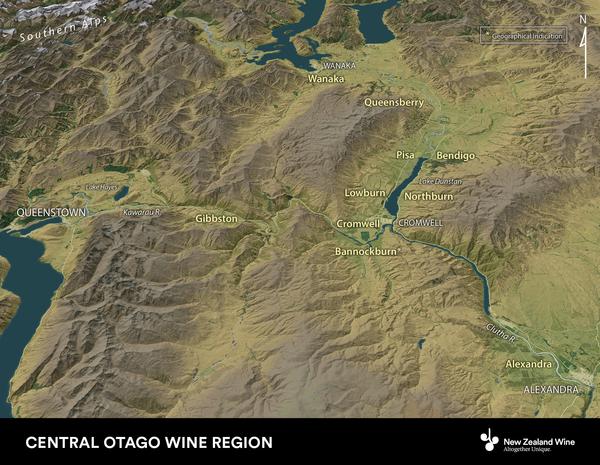
Central Otago
A spectacular landscape and sophisticated tourist culture also home to some of the world’s best Pinot Noir, not to mention impressive, vivid white wines.
Key statistics
2,055
3%
24

Characteristics
About the region
A spectacular landscape and sophisticated tourist culture also home to some of the world’s best Pinot Noir, not to mention impressive, vivid white wines.
Historically noted as ‘pre-eminently suitable’ for winemaking (Bragato, 1895); indeed, the region’s first Gold Medal was for ‘Burgundy’ in Sydney in 1881, from vines planted in 1864 by Frenchman Jean Feraud. However, stonefruit prevailed until renewed interest in the 1950s and then significant commitment by the 1970s pioneers, whose efforts endure today in names such as Chard Farm, Rippon, Black Ridge and Gibbston Valley.
Recent rapid expansion means grapes now dominate cherry and apricot orchards. The extreme climate has rewarded careful site selection with wines of great intensity and finesse and there is increasing focus on subregional expression.
The main subregions lie within close reach but the distinctive mountainous terrain means each occupies a unique niche of climate, aspect and altitude. Soils can vary considerably within each subregion though a stony free-draining base is common to all.
The remarkable landscape of soaring snow-capped mountains and glittering rivers deep within ravines (this was gold rush territory in the 1800s) draws visitors from far and wide who are invariably further captivated by the excellent cellar door facilities and wine-focused tourism opportunities.



